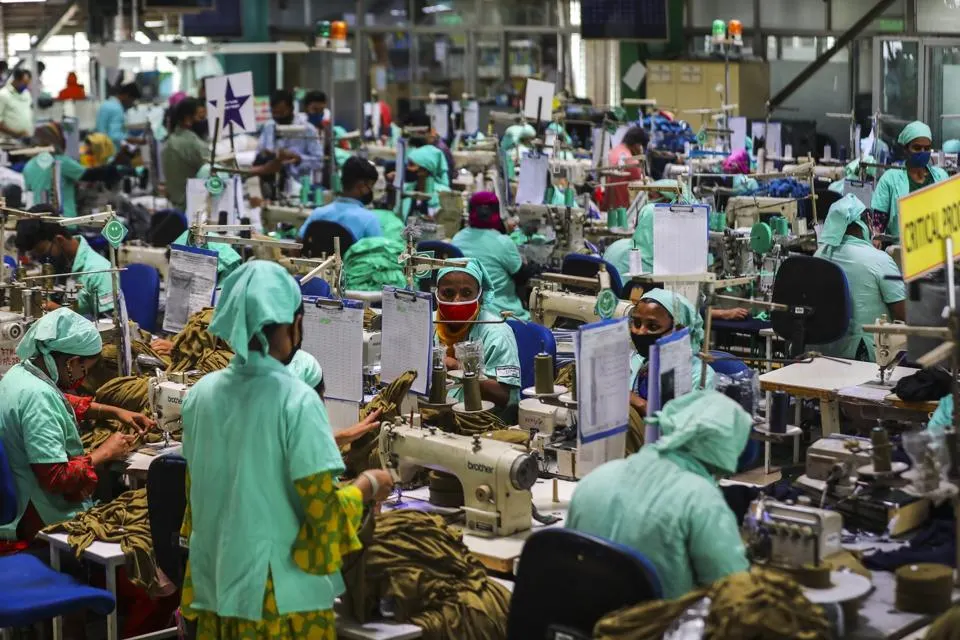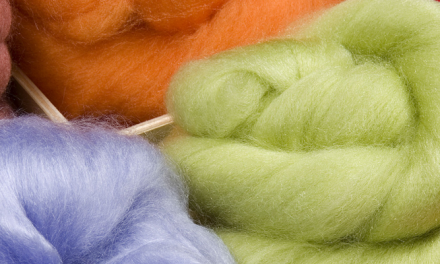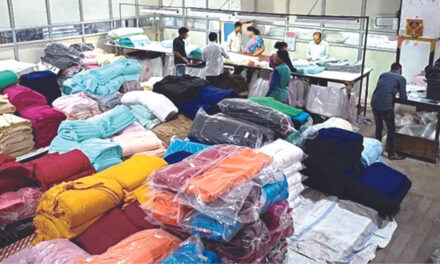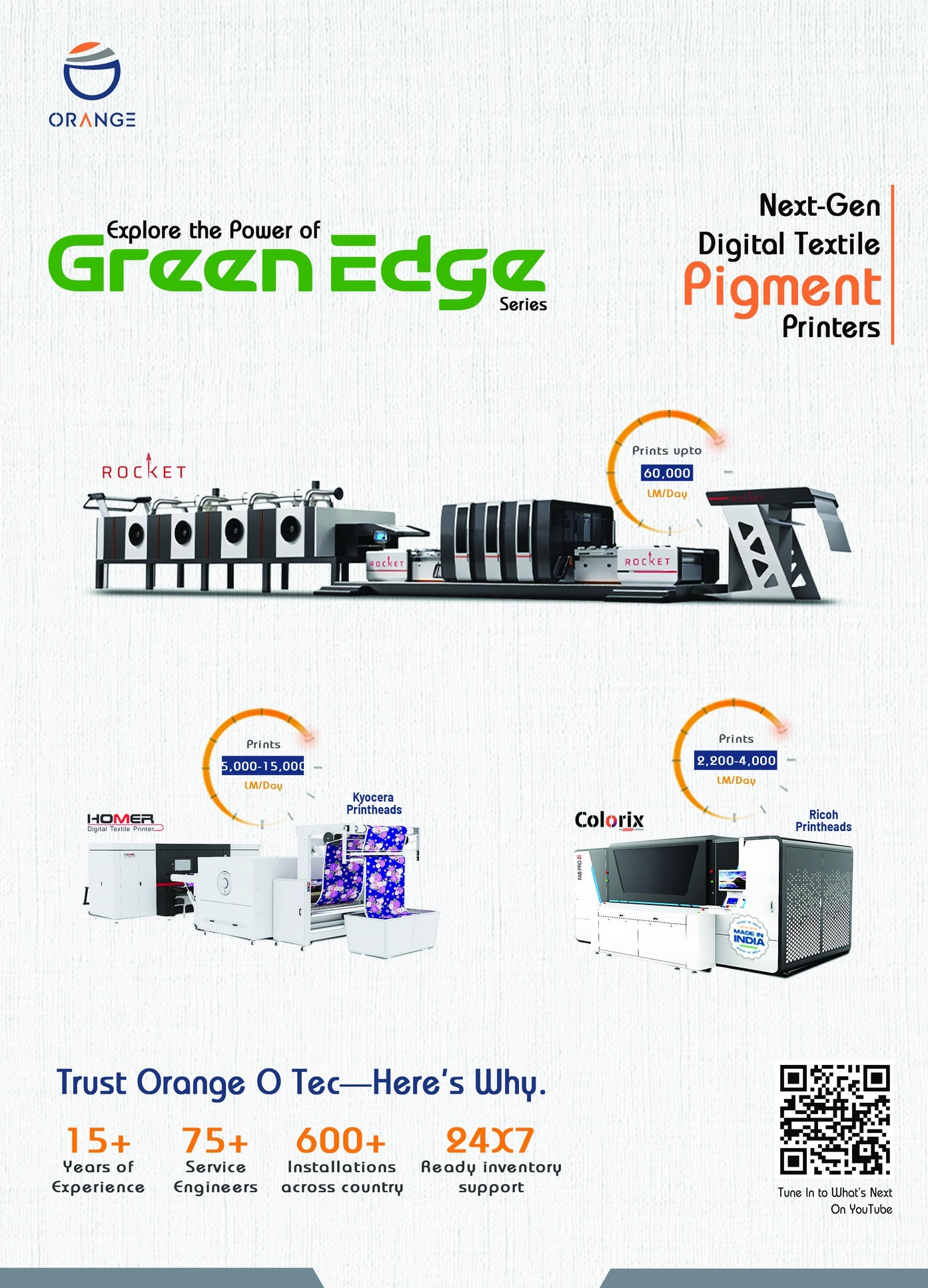
The tech integration in Textile Printing has revolutionised the Fashion Supply Chains by making it more consumer-centric and customised in its products and services.
For decades, the fashion industry continued to work on the philosophy of “mass production”. Customers were served with standardised designs with colour paddles more or less similar in their outlook. The consumers weren’t very demanding, and trends took their own sweet time to change. However, the situation today is entirely different. Once considered a stable business, textile firms are facing multiple challenges today. From squeezing resources to demanding consumers and environmental scrutiny, the sector is reeling under an unprecedented crisis.
To counter these and many such allied issues, the tech integration is playing a crucial role in the industry. Especially, the digital and on-demand printing is helping textile firms stay nimble and responsive while reducing their carbon footprints significantly at the same time. This digital capability is heralding a new revolution by completely altering the fashion supply chains in the textile sector. Not only is digital upgradation proving beneficial for both firms and consumers, but it is also yielding significant benefits for all stakeholders of the ecosystem. Here’s how digital and on-demand printing is accelerating the growth story of the textile industry like never before:
• Digital Textile Printing: Digital printing enables textile firms to directly print designs on the fabrics using the “Inkjet Printing” technology. The tech brings enormous speed and flexibility to the textile industry, besides saving a huge amount of resources for the firms. The approach also brings more precision in design palettes, making the design aesthetically appealing to target audiences. The digitalisation is significant from an ecological perspective too. It consumes less water, and unlike traditional printing technology, it hardly leaves any hazardous waste behind. Net emissions are also negligible, which means that the digital printing in textiles helps the segment rank high on the sustainability front.
• On-Demand printing: This “On-Demand Printing”, enabled by digital textile printing, is bringing revolutionary changes to the supply chain models in the fashion industry. Besides bringing speed and flexibility, it allows firms to produce in “small batches” without pressuring the profit margins. Further, textile manufacturers can utilise the best designers to offer unique and fully customised prints to their customers. The real significance of on-demand printing, however, is its ability to reduce the inventory costs. As operations run on a real-time basis, the traditional model of stacking inventories can be easily done away with. This deletion brings enormous cost as well as space savings for firms, importantly freeing up the capital that can be invested to pursue goals of strategic growth and expansion.
• Boosting Creativity: Experimenting has become much easier, thanks to digital printing in the textile industry. Unlike conventional techniques, digital models are quick to build and can be altered too without any lag. This flexibility allows designers to give wings to their creativity and bring that “Special Design” to life that they used to imagine in their dreams. The digital integration has also made it possible to offer customised designs in small batches. Digital printing also reduces costs and turnaround times, allowing firms to remain up to date with the latest trends and customer preferences.
• Promoting Localisation: Digital Textile printing is proving instrumental in the growth of micro-industries, smaller production units operating near customer markets. This proximity reduces long-distance shipping costs, lowers carbon footprints, and offers immunity to the industry against global geopolitical shifts. Digital printing also offers a level playing field where even small firms can compete and scale their investment by offering competitive value to end consumers.
Conclusion
Digital and On-Demand Textile Printing is changing the core operational philosophy of the fashion industry. These represent a shift toward an agile, nimble, and responsive production with greater emphasis on customer-centricity and personalisation. Moreover, digital upgradation is also playing a crucial role in allaying the ecological concerns associated with the textile industry and fashion supply chains. Summarily, the future of fashion aided by digital tech will not only offer personalised designs faster but also in a manner that is smarter, flexible, and more sustainable.
Satish Panchani, CEO & Co-Founder, True Colors Limited
















